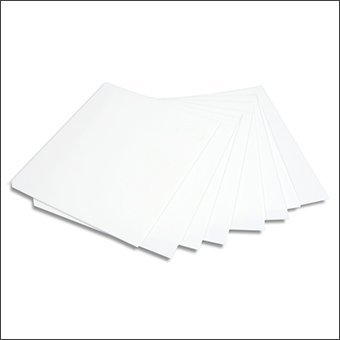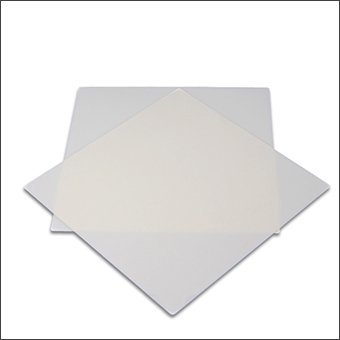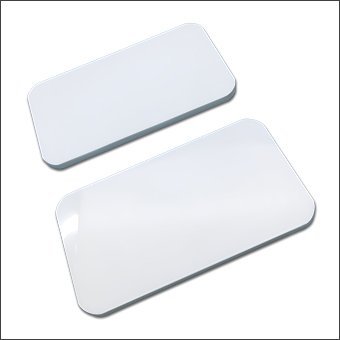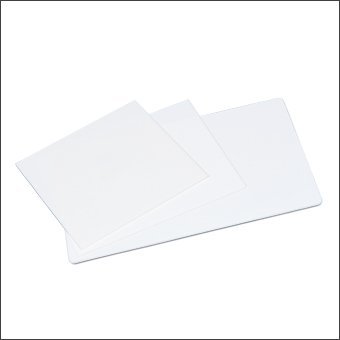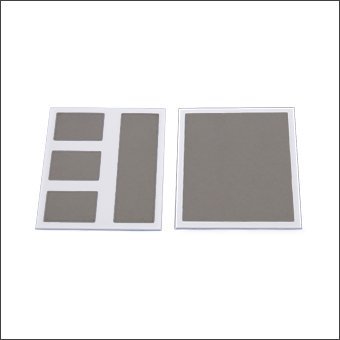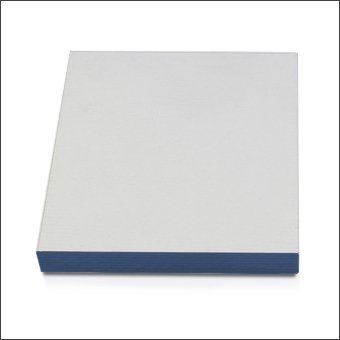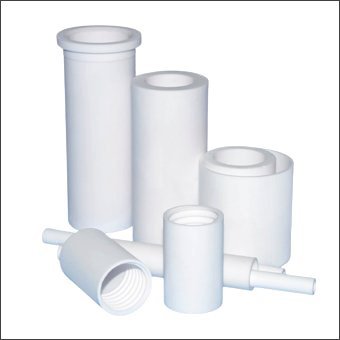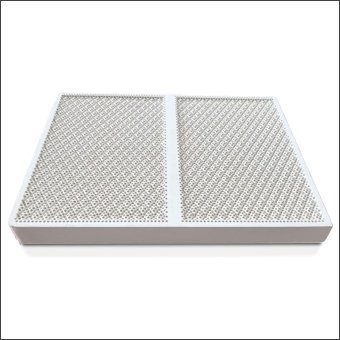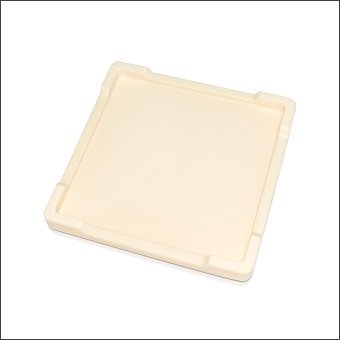Superior Quality for You
- Ideal surface smoothness and flatness with minimal warpage
- High stiffness, bending, flexural strength, and wear resistance (even working under high-temp)
- Optimized thermal conductivity with faster heat dissipation
- High electrical insulation, dielectric strength and volume resistivity
- Perfect in adhesion with thick and thin film metallization paste
- Precise tolerance in dimensions and thickness, especially after lapping
- Chemical inertness to various oil and acid-base environments
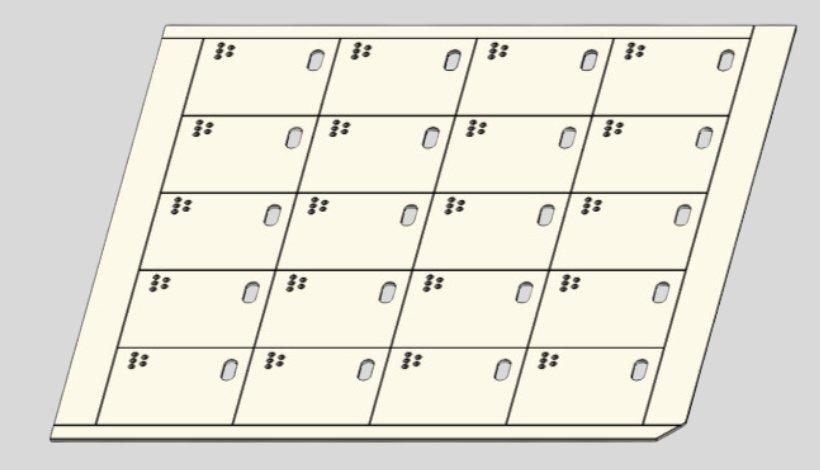
Your 1st Choice Ceramic Substrate Manufacturer in China
We are making a large number of ceramic substrates, not only including most popular alumina (Al2O3) substrates, but also higher end aluminum nitride (AlN), silicon nitride (Si3N4) and zirconia (ZrO2) ones. These advanced ceramic components can significantly boost your electronic powder modules and semiconductor packages to achieve their functions reliably, as well as can extend their service life because of their ideal thermal management properties, electrical insulation, mechanical and chemical attributes.
With our in-house integrated shaping, laser cutting, laser scribing, polishing, machining and metallizing capability, these allow us to manufacture various bespoke ceramic substrates, such as different sizes, thickness, customized shapes, surface treatments, even unique properties for some special applications. you can find one-stop solutions hereby. Please call our ceramic experts today for your case.
By Material
The ceramic substrates supplied by Jinghui mainly have four kinds of raw ceramic materials: alumina (Al2O3), aluminum nitride (AlN), silicon nitride (Si3N4) and zirconia (ZrO2).
Excellent thermal conductivity is an outstanding feature of aluminum nitride substrate.
Core competitiveness lies in the perfect combination of high strength and toughness.
By Features
Our ceramic substrates can be processed into various shapes according to customer requirements, and can also be made into different colors to correspond to different usage environments.
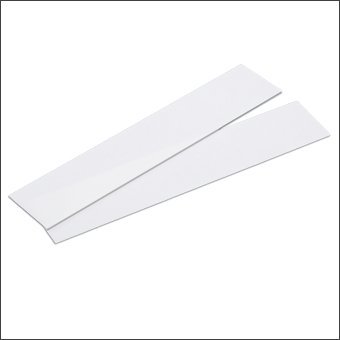
The long strip ceramic substrates are often used in high-power LED, laser, and power modules.

Ceramic wafers are usually used in fields such as electronic components and semiconductor devices.
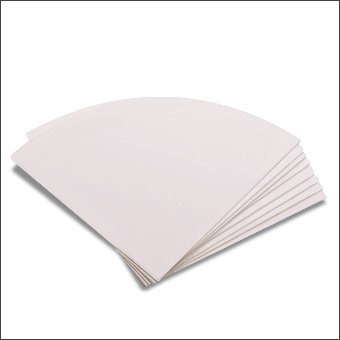
It’s a unique configuration in the ceramic substrate family, which can be shaped by dry pressing directly or laser cutting.
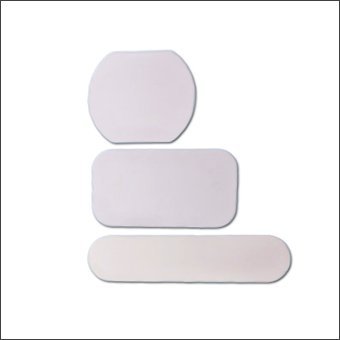
Various custom shapes can be obtained via laser cutting or machining to meet extensive specific uses.
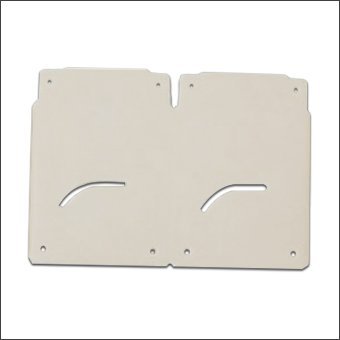
To cater to the electrical circuits’ demands, some special pattern by laser cutting for the base substrate is needed.
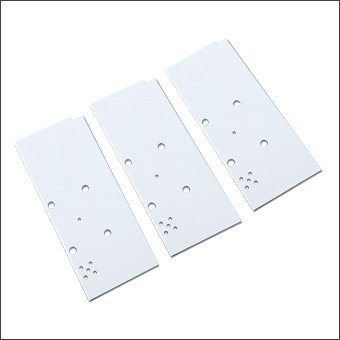
The precision-machined ceramic substrates have more accurate dimensional tolerance, as well as more complex shapes.
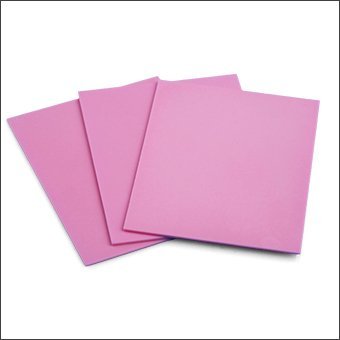
Pink substrates are made from 94.4% alumina, which can improve optic performance and are readily identifiable.
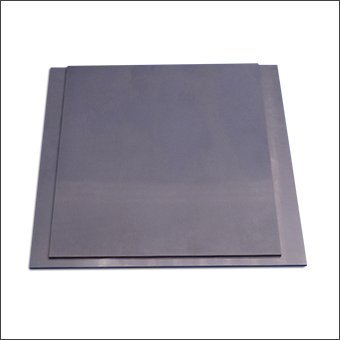
Black ceramic substrates can be 92% alumina substrate, yttria stabilized substrate, also silicon nitride substrates.
A Brief Overview of the World’s Top 10 Ceramic Substrate Manufacturers
1. Kyocera (Japan)
Kyocera occupies an absolute leading position in the field of advanced ceramics. In the ceramic substrate segment, they mainly provide aluminum nitride, aluminum nitride substrate applications in semiconductor packaging, LED, and automotive electronics.
2. Rogers Corporation (USA)
The most advantageous ceramic substrates Rogers supplies ceramic substrates for high-frequency circuits, 5G communications, and the radar systems field.
3. Maruwa (Japan)
The enterprise mainly focuses on high thermal conductivity aluminium nitride substrates and heat-transfer solutions for high-power LED.
4. Toshiba Material (Japan)
Toshiba has unmatched technologies for making high-performance plain silicon nitride substrates and silicon nitride circuit substrates.
5. CeramTec (Germany)
CeramTec is one of the biggest technical ceramic components manufacturers in Germany, and the substrates the company makes cover all series of ceramic materials.
6. CoorsTek (USA)
Coorstek holds a 14% market share in the ceramic substrate market and is a significant player in this field.
7. CCTC (China)
ChaoZhou Three-Circle (Group) Co., Ltd (CCTC) ranks among the top in the world in terms of market share in multiple ceramic substrate segments (such as alumina substrates and packaging bases), and the market share of some products may exceed 30%.
8. Murata (Japan)
A leading Japanese technical ceramic inductors, capacitors, and other passive components, including various ceramic substrates.
9. KCC Corporation (Korea)
South Korea’s KCC Group mainly produces various types of ceramic substrates, including Al2O3 DBC substrates, AlN DBC substrates, ZTA DBC substrates, and Si3N4 AMB substrates.
10. Ferrotec (Japan)
Ferrotec is one of the world’s leading suppliers of direct copper bonding substrate (DCB) and active metal brazing (AMB) substrates, each of which holds around 30% shares in the world.
Ceramic substrates are made from technical ceramics, mainly alumina (Al2O3), aluminum nitride (AlN), silicon nitride (Si3N4), beryllium oxide (BeO), and silicon carbide (SiC). They are primarily used for installing electronic components, interconnecting them, and heat dissipation.
The core features of ceramic substrates cover high thermal conductivity, low coefficient of thermal expansion (CTE), high mechanical strength, resistance to high temperature, high frequency, and chemical stability in various harsh working conditions.
Ceramic substrates offer 10x higher thermal conductivity than aluminum PCBs, with superior electrical insulation and miniaturization potential.
When you need to choose a ceramic substrate, you need to focus on the following aspects:
- Types of ceramic material: Different types have considerable differences in properties and extreme cost differences.
- The properties: It’s crucial to learn the properties of ceramic substrates in different ceramic materials. Exceedingly physical, thermal, electrical, and optical properties.It will help you to make a productive and utterly right decision.
- Whether the relevant ceramic substrate can fully match the actual applications.
- Cost-effectiveness in mass production: It’s essential to evaluate the cost-effectiveness of ceramic substrates, especially high-volume production because they have extreme cost differences for different types of ceramic materials.
1. The difference on attributes:
Ceramic substrates have better thermal conductivity, lower thermal expansivity, more stable dielectric constant, higher temperature resistance, and better chemical inertness than FR4.
However, frangibility is the biggest weakness of ceramic substrates. It needs to pay special attention to the installation process.
2. The difference on sizes:
Thanks to the manufacturing and equipment limits, Making very large-sized ceramic substrates isn’t easy, but it’s not a question to achieve for FR4.
3. The difference on cost:
In most cases, the cost of ceramic substrates is higher than that of FR4 because of more costly raw materials and complicated fabrication processes of ceramic substrates.
Sometimes, a combination of ceramic substrates and FR4 is suggested, such as FR4 being the primary substrate and some specific sections using advanced ceramic substrates.
4. The difference on applications:
If you are looking for substrates for high-power LED, RF & microwave modules, electronics, high-temperature sensors, and aerospace applications, technical ceramic substrates will be recommended.
On the contrary, FR4 will be recommended if the substrate is used in consumer electronics, common power boards, low-frequency digital circuits, and low-cost IoT devices.
5. Other differences:
Due to expensive post-processing costs and circuit design limits of ceramic substrates, it’s easier to achieve complex circuits on FR4, but it’s more difficult on ceramic ones.




